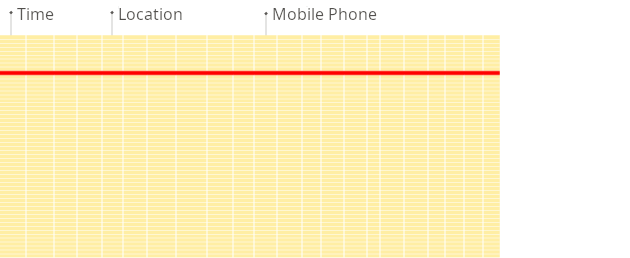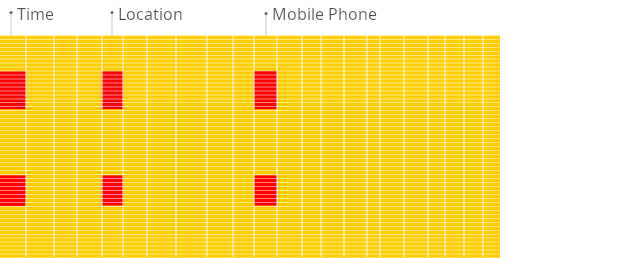The root cause of these permissions errors has been identified and is due to more strict checking of grants in the new release for async_inserts.
To fix this issue, grants must be updated for your service to work. Check the error message indicating the missing grants and add those needed grants manually. The required additional grants for the tables using async_inserts will either be the SELECT or dictGet grant.
Add necessary GRANTs to affected tables and dictionaries
-- Add SELECT grant permissions
GRANT SELECT ON mydb.insertTable TO insert_role WITH GRANT OPTION
-- Add dictGet grant permissions
GRANT dictGet ON mydb.insertDictionary TO insert_role
To learn more about the GRANT command, please see this page.
If you are unable to perform this change, then please contact ClickHouse Support for assistance.

